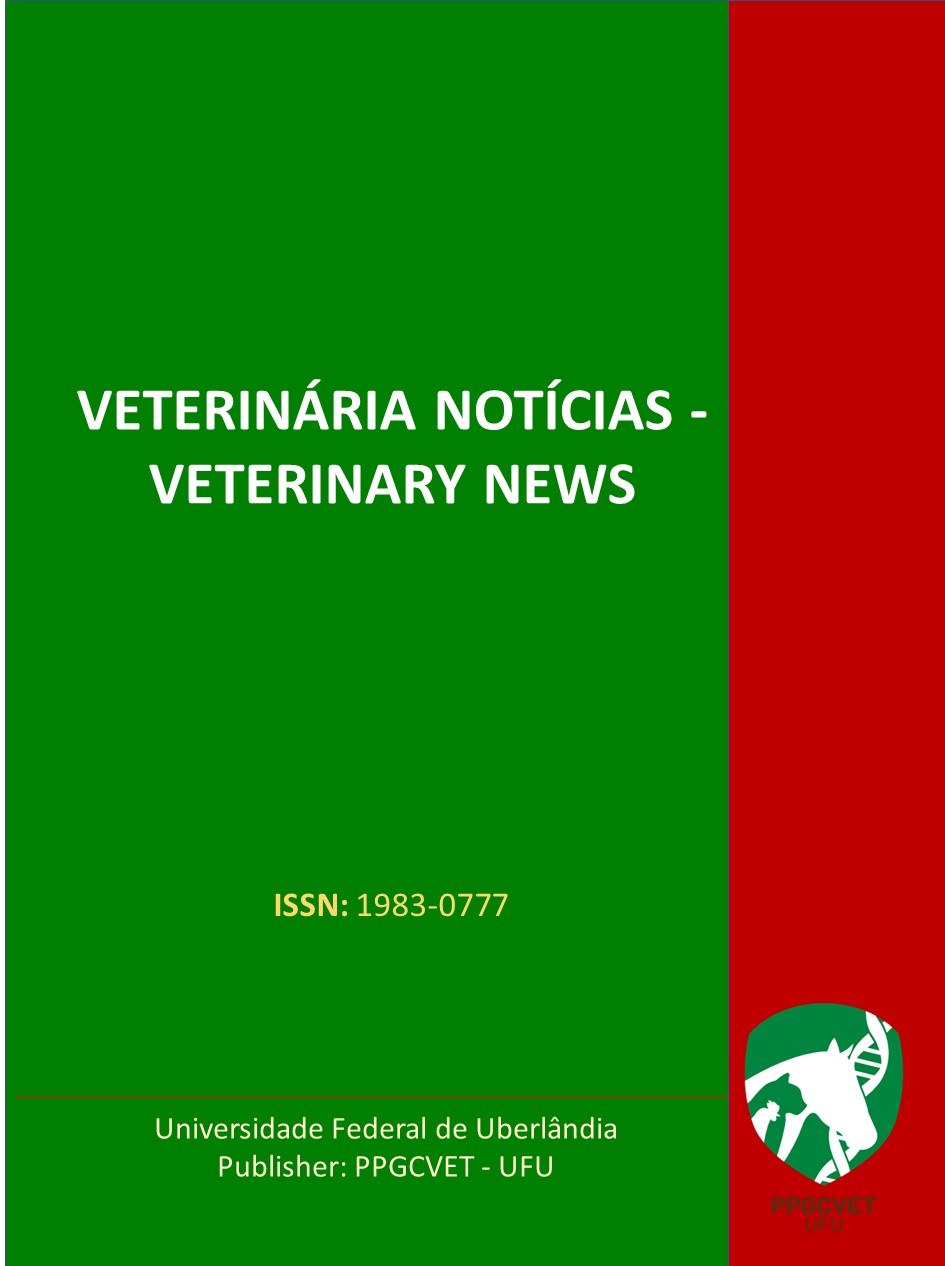DISCOID LUPUS ERYTHEMATOSUS IN DOG
DOI:
https://doi.org/10.14393/VTN-v28n1-2022-62645Resumo
Lupus erythematosus complex is an immune-mediated dermatological disease, mainly represented by the generalized and discoid forms. The last form described is milder, as it is limited to the appearance of lesions, usually on the face and in mucocutaneous regions. Its pathophysiology is considered multifactorial, however, continuous exposure to ultraviolet radiation seems to be very relevant to trigger and/or worsen clinical manifestations. DeÞ nitive diagnosis is obtained by histopathological analysis, and treatment is mainly based on immunosuppression and protection against ultraviolet radiation. The objective of this study was to report the case and clinical evolution of a mixed breed bitch, diagnosed with discoid lupus erythematosus. The bitch presented moderate desquamation, crusts and depigmentation restricted to the nasal plane. No other clinical or laboratory Þ ndings were evidenced in the screening tests. Upon conÞ rmation by histopathology, the initial therapy was started with oral prednisolone. The owners were also instructed to avoid exposure to sunlight, as well as to use topical protectors against ultraviolet radiation. The patient presented good response to therapy, showing remission of signs. Other sporadic recurrences were observed later, however, they were controlled only with topical corticosteroids, but always reinforcing the other precautions of environmental management. This work also addressed the risks, beneÞ ts and need to institute ongoing care to control discoid lupus erythematosus. Therapeutic success can vary among patients, as the intensity of the disease can be manifested in varying degrees. Therefore, in those individuals in which the condition is mild, it may be advantageous to opt for more conservative therapies in order to avoid side effects.

